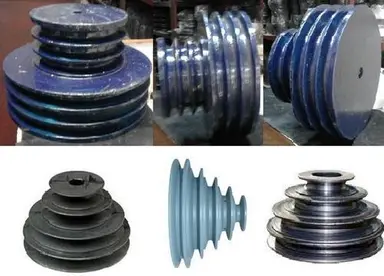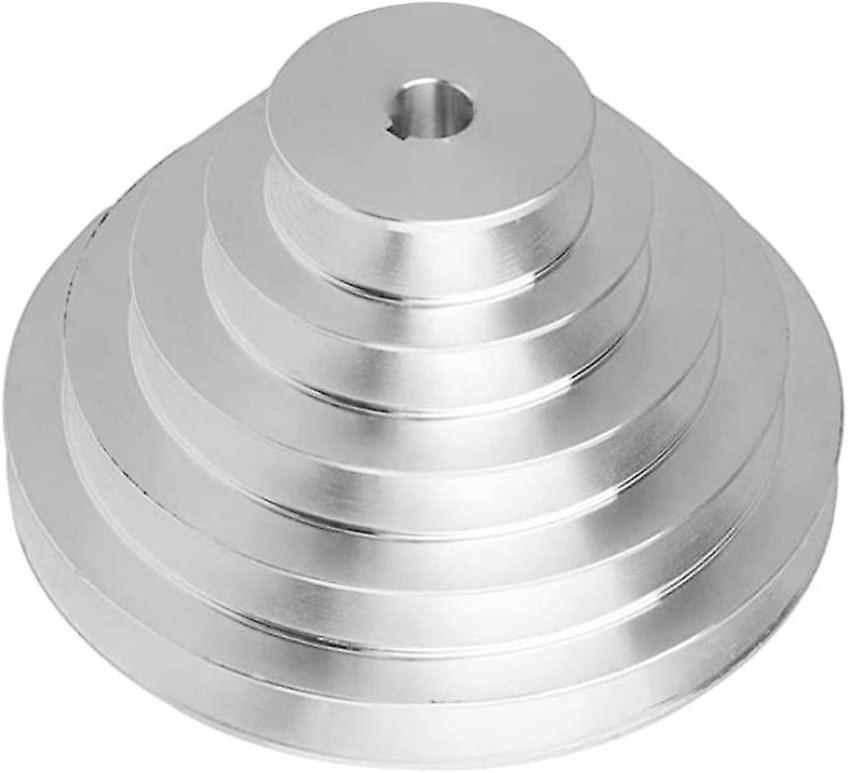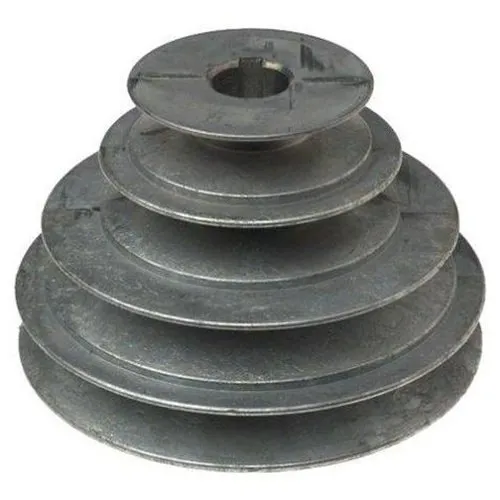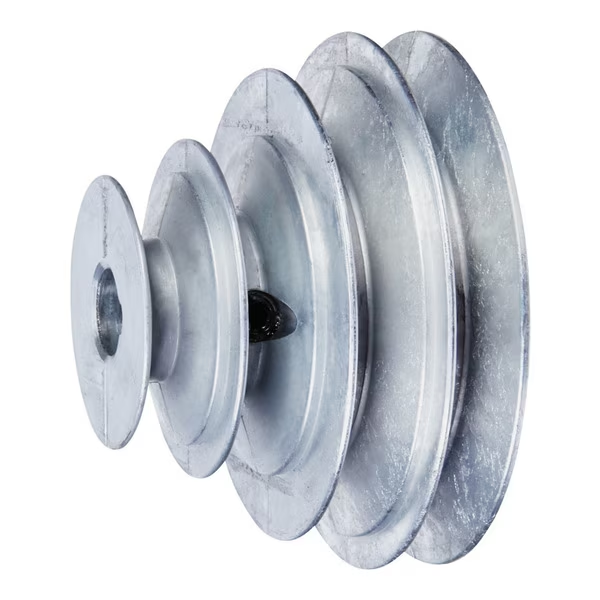Product Description
Products Type
We can custom shape,size,color material and quantity for plastic wheel as your requirment.
Products Specification
1. Various hardness for your choice.
2. Good abrasion, heat and oil resistance.
3. Good anti-aging performance and gas tightness.
4. Ease of bonding to other material.
5. Excellent oxygen and CHINAMFG resistance.
6. Non-flammable,self-extinguish.
| Material | PA,PA6,PA66,PP,PE,LDPE,HDPE,UWHDPE,PTFE,POM,ABS,or Custom Compound (Any custom compound plastic is available) |
| Size | According to samples or drawings |
| Color | Black,white,red,green,transparent or any color according to Pantone colors |
| Finish | High Gloss,Fine Grain,Electroplating,Painting,Printing,Texture etc,or as request |
| Type | Round,square,rectangular,or any nonstandard shape as request |
| Logo | Debossed,embossed,printed logo or as request |
Our Factory
Customization Capabilities
/* January 22, 2571 19:08:37 */!function(){function s(e,r){var a,o={};try{e&&e.split(“,”).forEach(function(e,t){e&&(a=e.match(/(.*?):(.*)$/))&&1
| Pulley Sizes: | Customized |
|---|---|
| Manufacturing Process: | Plastic |
| Material: | Customized |
| Samples: |
US$ 999/Piece
1 Piece(Min.Order) | Order Sample For sample price, package information, and logisti
|
|---|
| Customization: |
Available
| Customized Request |
|---|
.shipping-cost-tm .tm-status-off{background: none;padding:0;color: #1470cc}
|
Shipping Cost:
Estimated freight per unit. |
about shipping cost and estimated delivery time. |
|---|
| Payment Method: |
|
|---|---|
|
Initial Payment Full Payment |
| Currency: | US$ |
|---|
| Return&refunds: | You can apply for a refund up to 30 days after receipt of the products. |
|---|

What role do step pulleys play in achieving variable speed control in machinery?
Step pulleys play a crucial role in achieving variable speed control in machinery. Here’s how they contribute to this capability:
1. Speed Variation:
Step pulleys provide multiple steps or levels of different diameters. By changing the position of the belt or chain from one step to another, the effective diameter of the pulley is altered. This variation in diameter results in different speed ratios between the driving pulley and the driven pulley. By selecting different steps, the rotational speed of the driven component can be adjusted, allowing for variable speed control.
2. Manual Adjustment:
Step pulleys enable manual adjustment of the speed. Operators can easily and quickly change the speed by shifting the belt or chain to a different step on the pulley. This manual adjustment feature provides simplicity and convenience in achieving the desired speed for different tasks or operating conditions.
3. Speed Range:
The arrangement of steps on the pulley determines the available speed range. Step pulleys can be designed with a range of steps, each corresponding to a specific speed ratio. This allows for a wide range of speed options, making them suitable for applications that require variable speeds.
4. Incremental Speed Control:
Step pulleys offer incremental speed control. Each step on the pulley corresponds to a specific speed ratio, allowing for precise speed adjustments. Operators can select the step that provides the desired speed increment for the specific task at hand. This incremental control is particularly useful when fine-tuning the speed for optimal performance.
5. Adaptability:
Step pulleys are adaptable to different power transmission systems. They can be easily integrated into various machinery setups, allowing for variable speed control in a wide range of applications. Whether it’s in industrial machinery, woodworking equipment, or even domestic appliances, step pulleys provide a versatile solution for achieving variable speed control.
6. Energy Efficiency:
Variable speed control offered by step pulleys contributes to energy efficiency. By adjusting the speed to match the requirements of the task, unnecessary power consumption can be avoided. This energy-saving feature is beneficial in terms of reducing operating costs and promoting sustainability.
Overall, step pulleys are essential components for achieving variable speed control in machinery. Their ability to vary speed through manual adjustment and their adaptability to different systems make them a reliable and effective solution for applications that require flexible speed control.

Are there different types of step pulleys, and how do they vary in applications?
Yes, there are different types of step pulleys, and they vary in applications based on their design and features. Here are some common types of step pulleys and their respective applications:
1. Single-Step Pulleys:
Single-step pulleys have a single groove and are typically used in applications where a simple speed reduction or power transmission is required. They are commonly found in small machinery or equipment, such as benchtop tools, where only one fixed speed is needed.
2. Multi-Step Pulleys:
Multi-step pulleys have multiple grooves of varying diameters. They offer several speed options by positioning the belt on different steps of the pulley. These pulleys are widely used in drill presses, lathes, milling machines, and other machinery that require variable speed control. The ability to change the belt position allows for different speed settings to match specific machining operations or material characteristics.
3. Cone Pulleys:
Cone pulleys have a tapered shape, resembling a cone. They offer a continuous range of speed options by adjusting the position along the taper. Cone pulleys are commonly used in lathes, where the tailstock can be moved to change the position of the drive belt on the cone pulley, resulting in a variable speed control. They provide smooth speed transitions and are suitable for applications that require fine adjustments in speed.
4. Variable Speed Pulleys:
Variable speed pulleys, also known as stepless or infinitely variable pulleys, offer a continuous range of speed control without discrete steps. They consist of two pulleys connected by a belt or chain, with one pulley changing its diameter to vary the speed. These pulleys are commonly used in applications where precise speed adjustments are required, such as automotive engines, industrial machinery, and exercise equipment.
5. Timing Pulleys:
Timing pulleys have teeth or grooves that mate with corresponding teeth on a timing belt. They are used in applications where precise synchronization between the pulley and the driven component is necessary. Timing pulleys are commonly found in robotics, 3D printers, CNC machines, and other precision systems.
6. Step Pulley Systems with Backgear:
Some step pulley systems incorporate a backgear mechanism. Backgear allows for additional speed reduction, enabling the machine to operate at even lower speeds. These systems are commonly found in heavy-duty industrial machinery, such as large lathes or milling machines, where high torque and low-speed operations are required.
The selection of a specific type of step pulley depends on the desired speed range, the level of speed control needed, the nature of the application, and the specific machinery or equipment requirements. It is essential to choose the appropriate type of step pulley to ensure optimal performance and efficiency in the intended application.

How does a step pulley assist in changing the speed and power transmission?
A step pulley plays a crucial role in changing the speed and power transmission in mechanical systems. Here’s how it assists in these aspects:
1. Speed Variation:
A step pulley provides different speed options by changing the effective diameter of the pulley. The pulley wheel has multiple steps or levels of varying diameters. By moving the belt or chain from one step to another, the speed ratio between the driving pulley and the driven pulley is altered. This allows for speed variation in the power transmission system.
2. Speed Adjustment:
Each step on the step pulley corresponds to a specific diameter, and therefore, a specific speed ratio. By selecting different steps, the rotational speed of the driven component can be adjusted. This is particularly useful when different operating speeds are required for different tasks or when the load on the system changes.
3. Power Transmission:
A step pulley facilitates power transmission by transferring rotational energy from the driving pulley to the driven pulley. The belt or chain engaged with the steps of the pulley transfers torque from the driving source to the driven component. The power transmitted depends on the speed ratio and the torque applied at the driving pulley.
4. Mechanical Advantage:
Depending on the selected step and corresponding diameter, a step pulley can provide a mechanical advantage. By choosing a smaller diameter step, the pulley effectively increases the torque while reducing the rotational speed. This can be advantageous in systems where high torque is required, such as in milling machines or lathes.
5. Adjustability:
The manual adjustability of a step pulley allows operators to change the speed and power transmission characteristics according to specific requirements. By manually shifting the belt or chain to different steps, the speed and torque output can be adjusted without the need for complex transmission systems or additional components.
Overall, a step pulley provides a simple and effective means of changing speed and power transmission in mechanical systems, making it a versatile component in various applications.


editor by CX
2024-04-13


